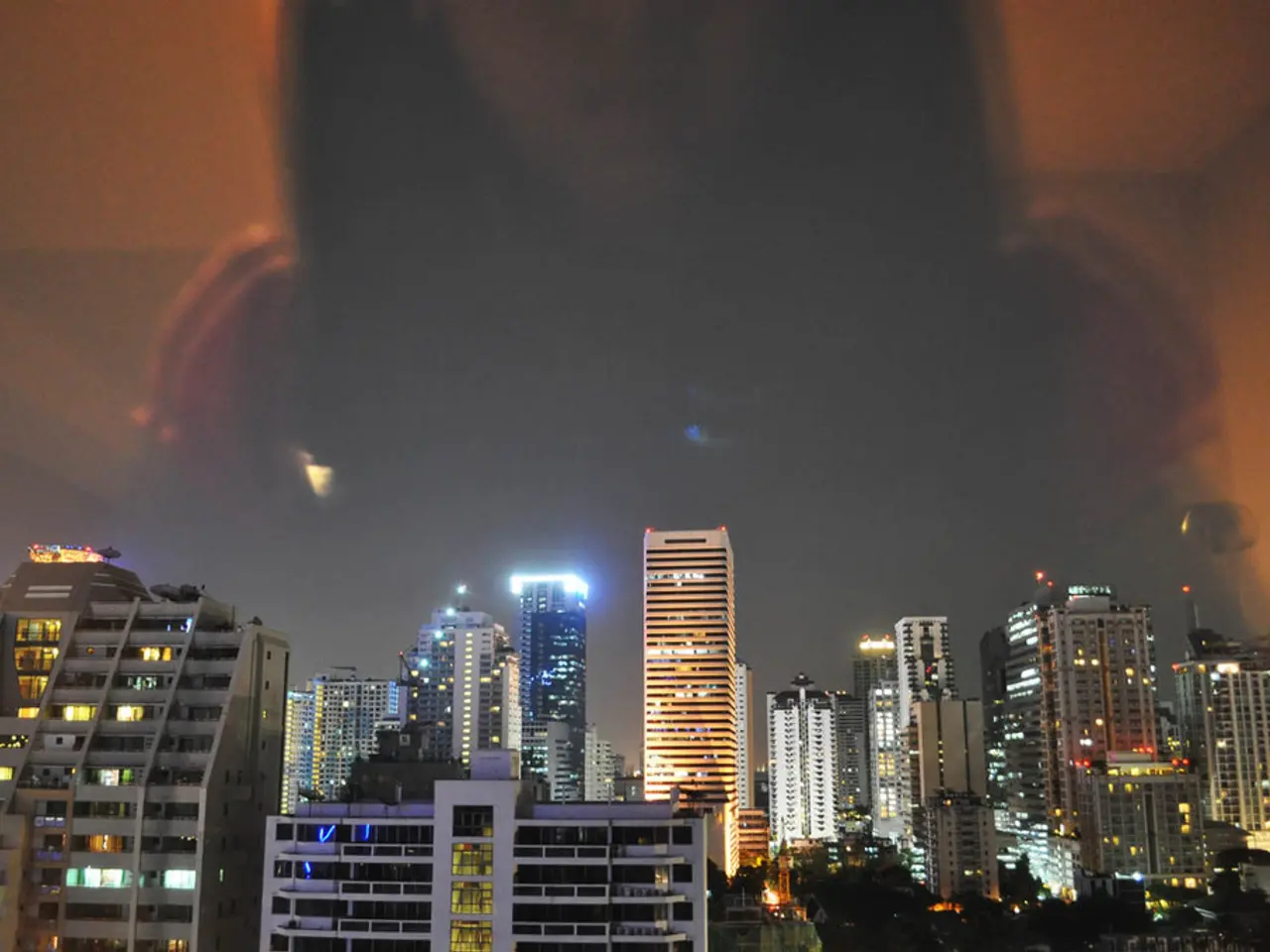Urban landscapes are undergoing transformative changes as solar panel-powered street lights reshape the future of urban lighting.
In urban settings across the globe, the adoption of solar panel street lighting is rapidly growing, driven by technological advancements, government incentives, and a growing focus on sustainability. This shift from niche to mainstream is projected to continue through at least 2030.
The global market for solar street lighting is expanding at a compound annual growth rate (CAGR) of approximately 15-17%, and is expected to reach over $22 billion by 2029. Key trends in the market include the widespread use of high-efficiency components such as bifacial solar panels, lithium-ion batteries with improved longevity, and LED luminaires.
Smart technology integration is a significant driver in this growth. Many products now feature Internet of Things (IoT) connectivity, AI-based energy optimization, motion sensors, adaptive dimming, and remote monitoring capabilities to boost efficiency and reduce maintenance costs. Modular and recyclable designs are also emerging, aligning with circular economy principles.
Adoption is strong worldwide, with notable urban implementations in the USA (cities like Los Angeles and Austin), Southeast Asia (e.g., Bangkok, Phuket), and Europe (Germany, France), focusing on smart city infrastructure. Both standalone off-grid and grid-connected hybrid systems are used, expanding deployment in urban roads, public parks, highways, and campuses.
Government policies and incentives are critical enablers. For example, US federal/state grants and Thailand’s Alternative Energy Development Plan advance adoption by lowering financial barriers. The independence from grid infrastructure, lower operational expenses, and environmental benefits make solar street lighting attractive for urban sustainability strategies.
However, challenges remain, especially regarding battery durability and lifespan, which can limit system longevity. Future trends are expected to emphasize AI-driven predictive maintenance, hybrid solar-grid connectivity, and aesthetically integrated designs like transparent solar cells.
This is an opportune moment for B2B companies operating in the urban infrastructure sphere to invest in solar panel street lights and form strategic partnerships with reputable manufacturers to deploy clean and eco-friendly lighting solutions for urban centers. Solar panel street lights come in various designs, styles, and sizes, giving city planners countless options to choose from that would fit the architecture and mood of the area.
Modern solar panel street light manufacturers are incorporating integrated solar panels, batteries, and IoT smart controls to curb energy consumption and improve sustainability. Solar panel street lights reduce energy consumption and carbon footprint, making them more appealing to municipalities and governments.
The modern look and cleanliness offered by solar powered lights blend well with parks, pedestrian and bike walkways, as well as other types of public venues that need lighting but also have to be pleasing to the eye. Solar panel street lights use LED technology, which is more advanced and cost-efficient.
Solar panel street lights are beneficial in densely populated cities due to their sustainability and reliability. They use solar energy to generate electricity and power the lights, without using fossil fuels. Moreover, they can be easily implemented on existing infrastructure without high cost or extended installation periods.
The existing need for solar street lights will widely increase in both established and developing areas as cities all over the globe continue to sustain the environment. Battery-powered solar street lights provide mobility and adaptability for various locations such as public parks, city streets, and security lighting in public areas.
In conclusion, the transition of solar street lighting from a niche to mainstream technology is fueled by smart technology integration, cost reductions, and policy support. With persistent advancements by street light manufacturers, the further development and adoption of solar powered lighting solutions is imminent, making cities more sustainable and eco-friendly.
Sources: - USA Market Growth and Innovations (OpenPR, 2025) [1] - Global Outdoor Solar Lights Market Trends and Projections (Accio, 2025) [2] - Thailand Market and Policy Support (SolarQuarter, 2025) [3] - All-in-One Solar Street Light Designs and Smart Features (Accio, 2025) [4]
- The global market for solar street lighting, propelled by technological advancements and government incentives, is projected to increase at a compound annual growth rate (CAGR) of around 15-17%, reaching over $22 billion by 2029.
- Integration of smart technology, such as IoT connectivity, AI-based energy optimization, and remote monitoring capabilities, is a significant factor driving growth in the solar street lighting industry.
- Solar street lighting adoption is strong worldwide, with notable implementations in urban areas like Los Angeles and Austin in the USA, Bangkok and Phuket in Southeast Asia, and Germany and France in Europe, with a focus on smart city infrastructure.
- Solar panel street lights use LED technology, which is more advanced and cost-efficient, and are beneficial in densely populated cities due to their sustainability, reliability, and ease of implementation on existing infrastructure.
- As cities around the world continue to prioritize sustainability strategies, the need for solar street lighting solutions is expected to increase in both established and developing areas, particularly for public venues that require lighting while maintaining aesthetic appeal.
Sources:[1] USA Market Growth and Innovations (OpenPR, 2025)[2] Global Outdoor Solar Lights Market Trends and Projections (Accio, 2025)[3] Thailand Market and Policy Support (SolarQuarter, 2025)[4] All-in-One Solar Street Light Designs and Smart Features (Accio, 2025)




